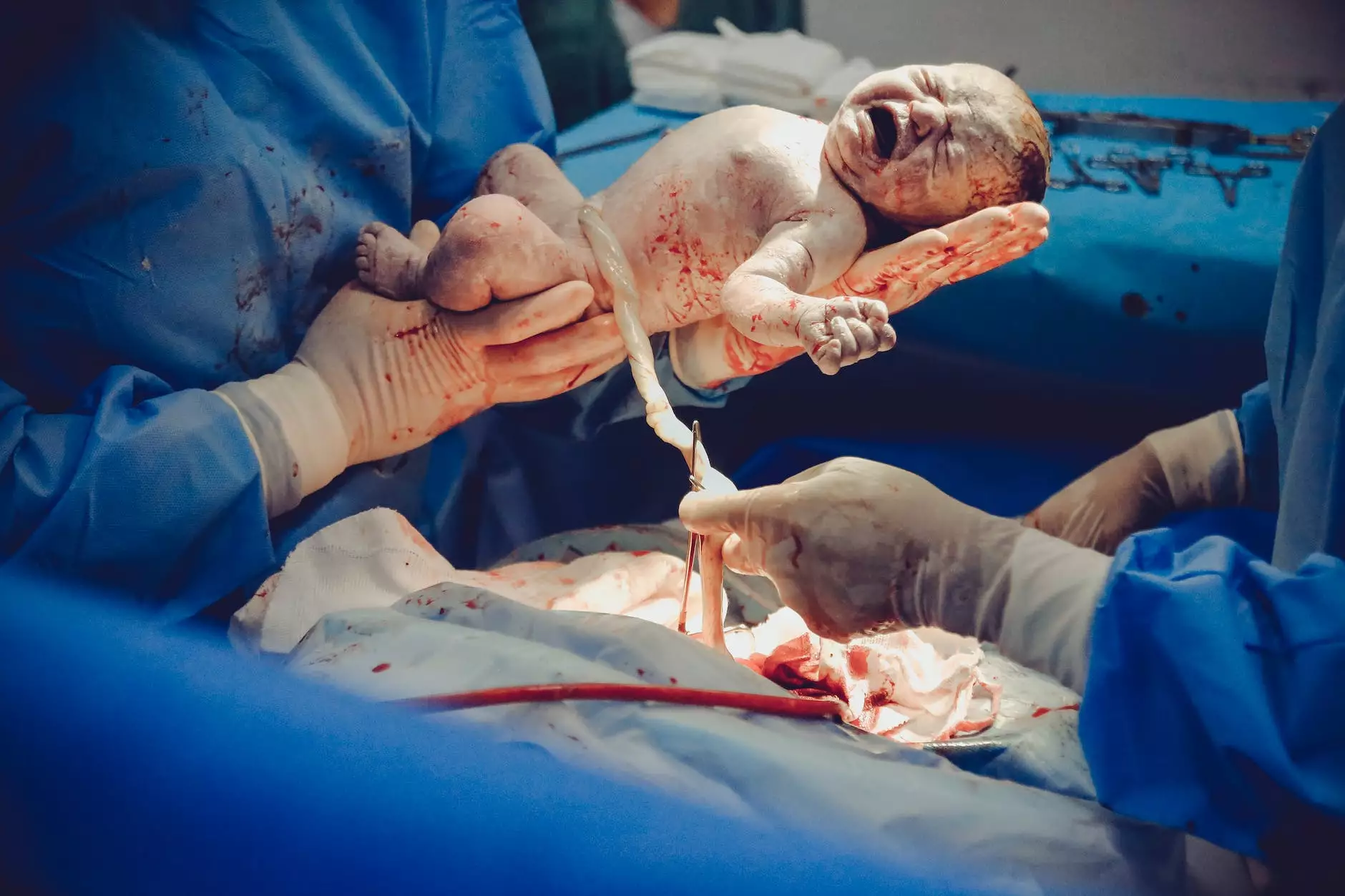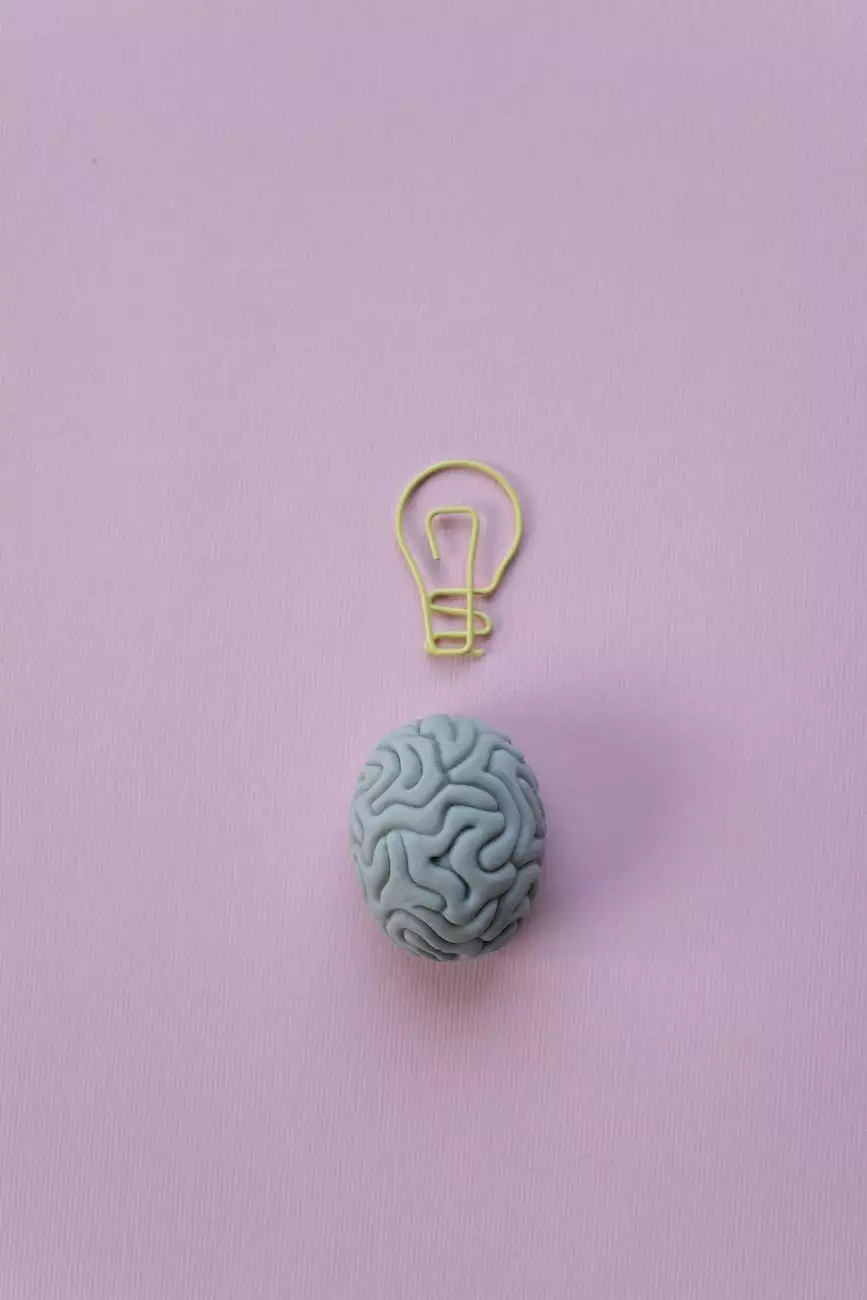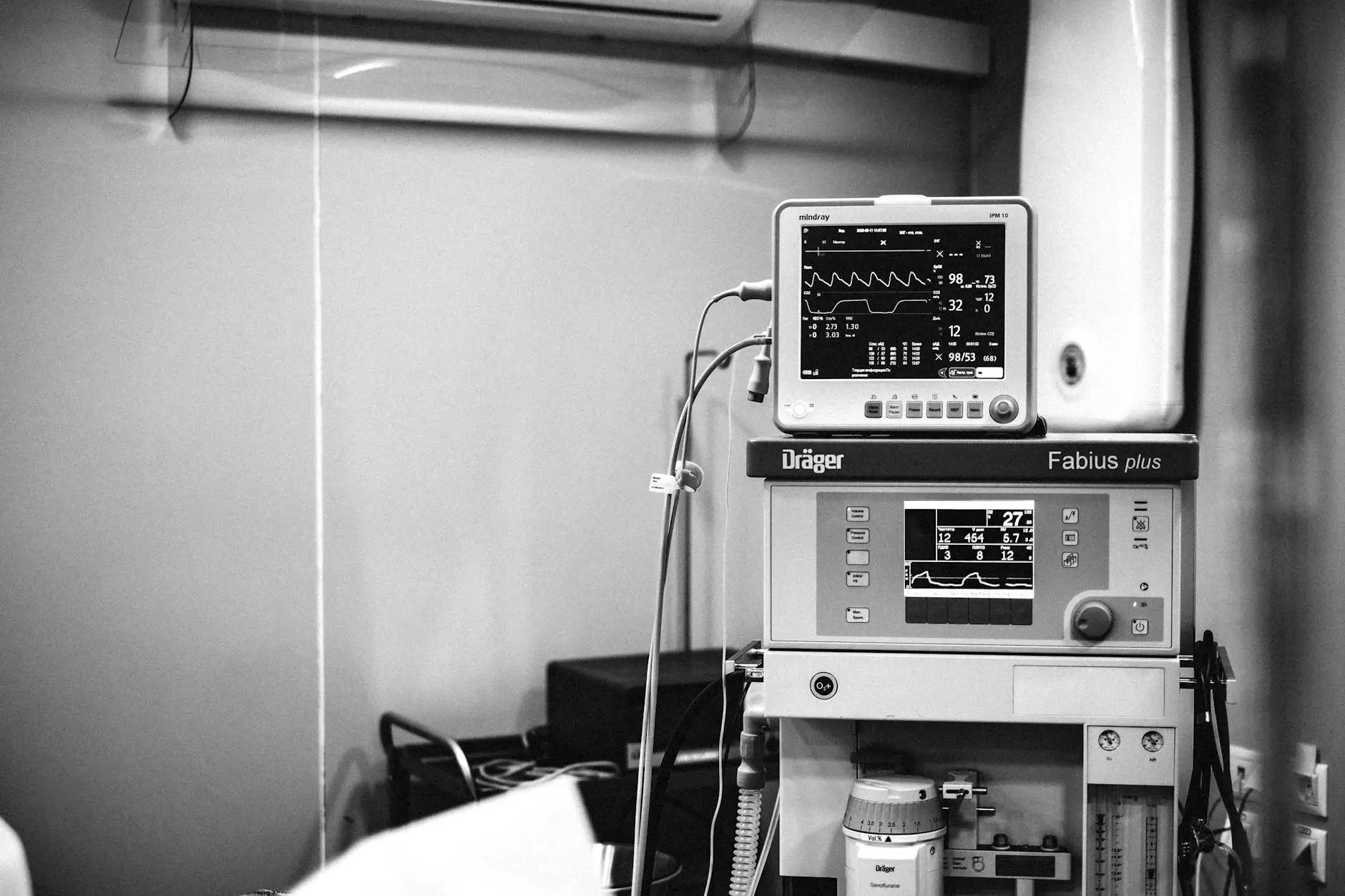What Are Tethered Spinal Cord Symptoms in Children?

Introduction
Welcome to Foley James D MD, your trusted source of information on various health conditions. In this article, we will explore the symptoms associated with a tethered spinal cord in children. Dr. Foley James D MD, a highly skilled and experienced medical professional, will provide you with in-depth knowledge about this condition and its potential complications.
Understanding Tethered Spinal Cord
A tethered spinal cord is a condition that occurs when the spinal cord becomes abnormally stretched or attached to surrounding tissues, limiting its movement. This condition typically develops during fetal development, although it can also occur later in life due to trauma or certain underlying medical conditions.
Children with a tethered spinal cord may experience a range of symptoms, which can vary in severity depending on the level and extent of spinal cord involvement. It is essential to recognize and diagnose this condition early to prevent potential complications.
Signs and Symptoms
Identifying the signs and symptoms of a tethered spinal cord in children is crucial for early intervention. The following are some common symptoms associated with this condition:
1. Back Pain and Stiffness
Children with a tethered spinal cord may experience chronic or recurring back pain and stiffness. This discomfort is often more pronounced during physical activities and can significantly affect their quality of life.
2. Abnormal Gait and Balance Issues
A tethered spinal cord can disrupt the normal functioning of the lower limbs, leading to an abnormal gait and balance issues. Children may exhibit difficulty walking or experience frequent tripping or stumbling.
3. Sensory Changes
In some cases, a tethered spinal cord can cause sensory changes in the lower body. This can manifest as decreased sensation, tingling, or numbness in the legs, feet, or buttocks region.
4. Bladder and Bowel Dysfunction
Children with a tethered spinal cord may experience bladder and bowel dysfunction, including urinary or fecal incontinence. This occurs due to the disruption of nerve signals responsible for controlling these functions.
5. Scoliosis
Scoliosis, an abnormal sideways curvature of the spine, can develop in children with a tethered spinal cord. Regular screenings and prompt medical intervention are necessary to monitor and manage this condition.
Risks and Complications
If left untreated, a tethered spinal cord can lead to various complications. It is essential to seek medical attention if you suspect your child may have this condition. Some potential risks and complications associated with a tethered spinal cord include:
1. Neurological Dysfunction
A tethered spinal cord can impede the normal transmission of nerve signals, leading to neurological dysfunction. This can result in muscle weakness, loss of sensation, and other neurological deficits.
2. Developmental Delays
Children with a tethered spinal cord may experience delays in their physical and cognitive development. Early diagnosis and interventions can help mitigate these delays and promote optimal growth and development.
3. Chronic Pain
If left untreated, the chronic pain associated with a tethered spinal cord can significantly impact a child's daily life. Prompt medical intervention can help relieve pain and improve overall well-being.
4. Orthopedic Issues
Untreated tethered spinal cord can lead to orthopedic issues such as scoliosis and joint contractures. These conditions can cause physical deformities and affect mobility if not addressed in a timely manner.
Conclusion
Thank you for visiting Foley James D MD. We hope this article has provided you with valuable insights into the symptoms associated with a tethered spinal cord in children. Early recognition and appropriate medical intervention are crucial for managing this condition effectively and preventing potential complications. If you suspect your child may be experiencing any of these symptoms, please consult a medical professional for an accurate diagnosis and personalized treatment plan.









